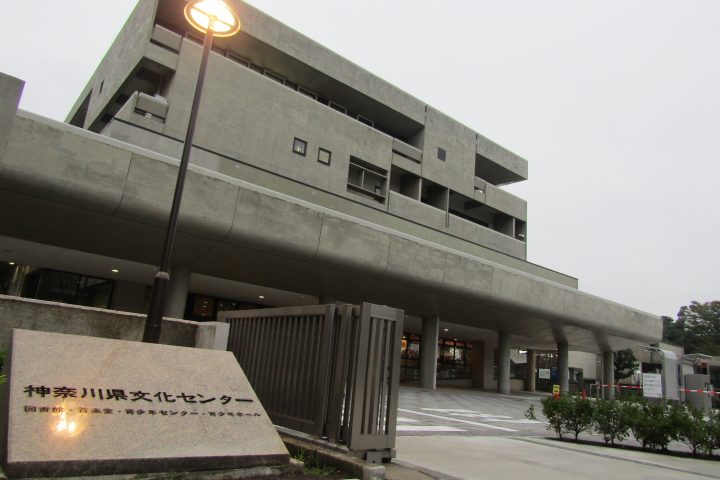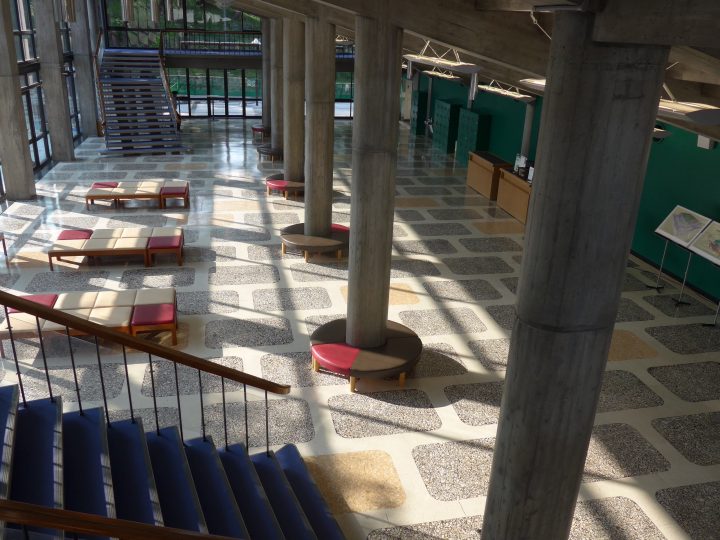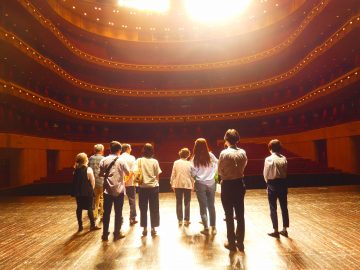Fab Lab Kamakura - Creating local ties and creative lifestyles through manufacturing
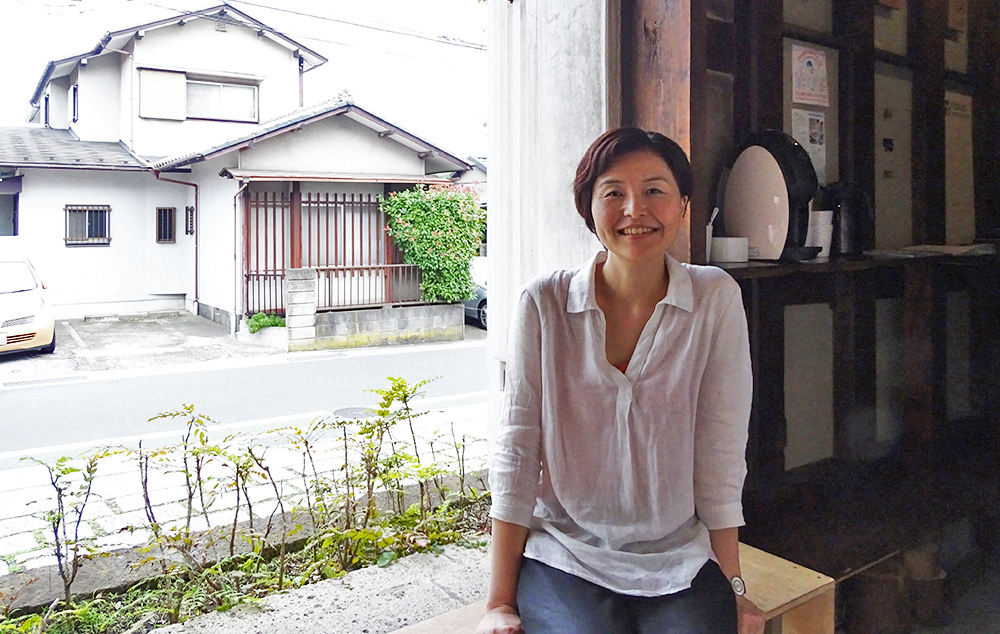
Have you ever heard of the word "FabLab"?
Do you know what it's doing there?
The "Fab" in Fab Lab is a coined word that combines the two meanings of "Fabrication" and "Fabulous." Fab Labs are hubs or "labs" that are the bases of a movement that promotes the free "possibilities of manufacturing" by individuals by collaborating with various people in each region and disseminating information to the world via the Internet.
We spoke with Yuka Watanabe, representative of Fab Lab Kamakura in Kamakura City, about the "manufacturing" that is born from Fab Labs and connects people, generations, regions, and the world.
Interview & Text: Rumiko Ozeki
The workshop, equipped with cutting-edge digital equipment, was formerly a 128-year-old sake brewery!
On weekends, Kamakura Station is bustling with tourists, but if you walk for about five minutes from the quieter West Exit, you will come across an old storehouse that looks to have a lot of history. That is Fab Lab Kamakura.
--It's incredibly impressive that your workshop, equipped with cutting-edge digital equipment like 3D printers and laser cutters, is a renovated storehouse from the Meiji period. Why did you choose a storehouse?
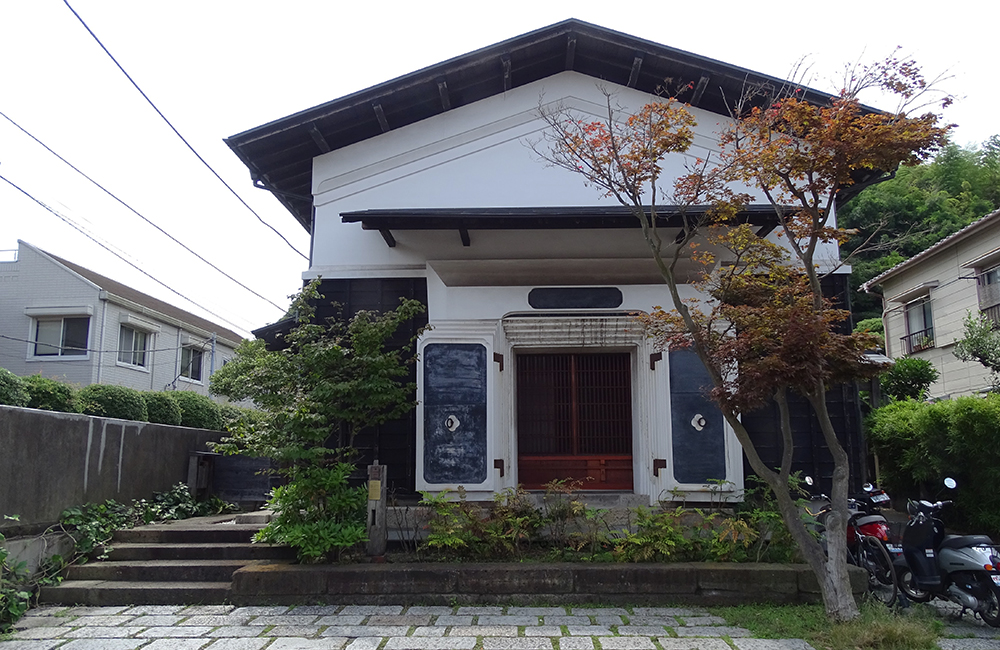
Watanabe : This "Yui no Kura" was originally a 128-year-old sake brewery in Akita Prefecture that was relocated to Kamakura in 2004.
Fab Lab Kamakura was founded in 2011 as Japan's first Fab Lab.
Located a short distance from the city center in the lush, traditional city of Kamakura, the workshop is equipped with cutting-edge digital machine tools and is not just a workshop, but a new place with the global concept of a "Fab Lab." This sake brewery was the perfect symbol of local and global, old culture and new technology, to convey the message that this is not just a workshop, but a "new place" with the global concept of a "Fab Lab."
--Indeed, the exterior of this building makes you wonder what it does.
So now we understand that a Fab Lab is a workshop for "making things," but how is it actually used?
Watanabe : A Fab Lab is a workshop that aims to make manufacturing more accessible, but its purpose is a little different from the DIY corners found in hardware stores. It is not simply a place where you can use machine tools or ask someone to make something for you.
This is a workshop where people who think, "It would be nice to have something like this," or "I'd like to try making it myself," can come here, design while exchanging ideas with other members, make it themselves while being taught how to operate the machines, and then publish the data on the Internet, with the aim of sharing ideas with people all over the world.
It is also a base for building intergenerational networks in the local area through "manufacturing."
The role of Fab Labs in the local community
--I see. Why did you decide to create such a workshop?
Watanabe : One reason is that machine tools that can make small lots of products in a compact size have become more readily available, eliminating the need for mass production using large-scale machinery.
From modern industrialization to the present day, when it comes to manufacturing, the "makers" and the "users" have become separated, and the concept of "making something yourself" has been lost on the average person.
--That's right. I think the time when I started making things myself was at most up until my student days.
Watanabe : "Creation" is one of the talents of humans. It is said that with further technological innovation in the near future, human jobs will increasingly be taken over by machines (artificial intelligence). It is said that when today's elementary school students grow up and enter society, 60% of them will be working in jobs that "do not exist now."
What is needed to tackle this "unknown work" is creativity and collaboration.
Now that even small workshops have access to cutting-edge digital equipment, I want to make "manufacturing" more accessible and increase the number of people who can make things.
The other is to create connections between "people who make things" and the local community. Since the Great East Japan Earthquake, the importance of "local ties" has come to be talked about. And the local community is actually supported by "people who are there during the day."

--For many people, there is a distance between where they live and where they work. People who work have little time to be in their local area.
Watanabe : During the day, the people in the area are retired seniors, mothers raising children, and their children. For them, this is neither a school nor a company, but it serves as a place where they can create and learn something.
For example, a grandfather who was a talented engineer before retirement is seen giving advice to a junior high school student on prototyping an invention; these are examples of connections between "people who create things" regardless of age, gender, or title.
How do I join a Fab Lab?
--It seems like connections between people in the community are formed through manufacturing.
So, if you want to participate in a Fab Lab, what should you do first? I don't have any specific desire to make something right now, but I think it looks interesting and I want to check out the atmosphere.
Watanabe : At Fab Lab Kamakura, we do maintenance work on the warehouse where the lab is located, or simply "cleaning" it, every Monday morning from 9am. Those who participate in the cleaning can use the equipment until lunchtime afterwards. We do not offer a time-based rental service for equipment or facilities.
--So you start by helping with cleaning! By cleaning together, you'll get to know what kind of members are there and what they do.
Watanabe : Yes. No reservation is required, so if you're interested, just come along and participate.
Operating equipment for the first time can be difficult and dangerous, so we offer training sessions for those who want to make something seriously and use the equipment. These sessions are held on weekends and last about two hours, during which you can learn how to use 3D printers and laser cutters. These sessions require a reservation and are paid.
--So you can learn the basics properly. But if I suddenly try to make something, I have no idea what I can make...
Watanabe : To actually give shape to an idea, you need to have the right skills and go through the right steps. There is a basic course that teaches you the skills to give shape to your ideas (FAB) in 10 steps, from creating data to programming and electronics. By taking this course, even a complete beginner will eventually be able to create a work like this (photo).
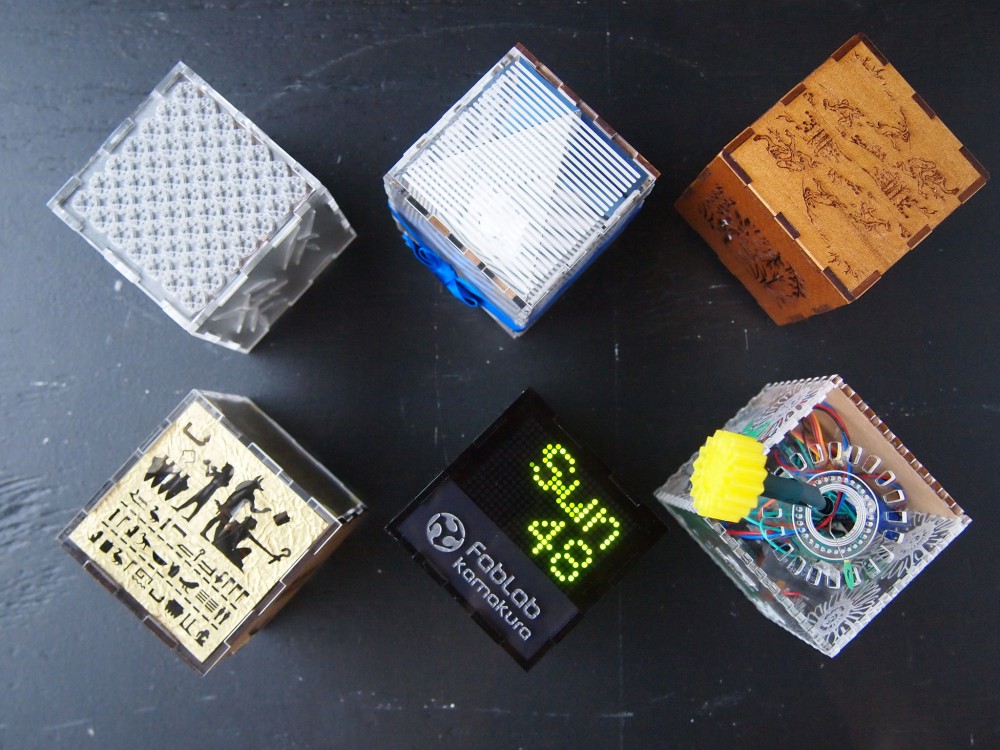
--Interesting! A box that shows a colorful scene of fireworks in Yokohama when you shine the light of your iPhone's flash on it, a calendar box that changes the color of the sky depending on the time, a sunflower box that greets you when you get close, a box with a smell sensor that tells you when it's time to change the cat litter box? There are so many ideas!
Watanabe : First of all, I'd like you to go through these steps and experience the fun of coming up with ideas and creating something. Making things is fun!!
About the products and activities born from FabLab Kamakura and spreading throughout the world
--That sounds fun! What kind of FabLab-like creations and activities have actually been created here?
Watanabe : A leather craftsman learned how to use a laser cutter here and developed a leather slipper kit. The design data was shared with Fab Labs around the world under a Creative Commons license, and the slippers were made. One of the Fab Labs' principles is to make data and know-how open.
In Fab Labs in each country, a laser cutter is used to create new slippers based on the slippers' blueprints, featuring original designs that reflect the culture and climate of that country.
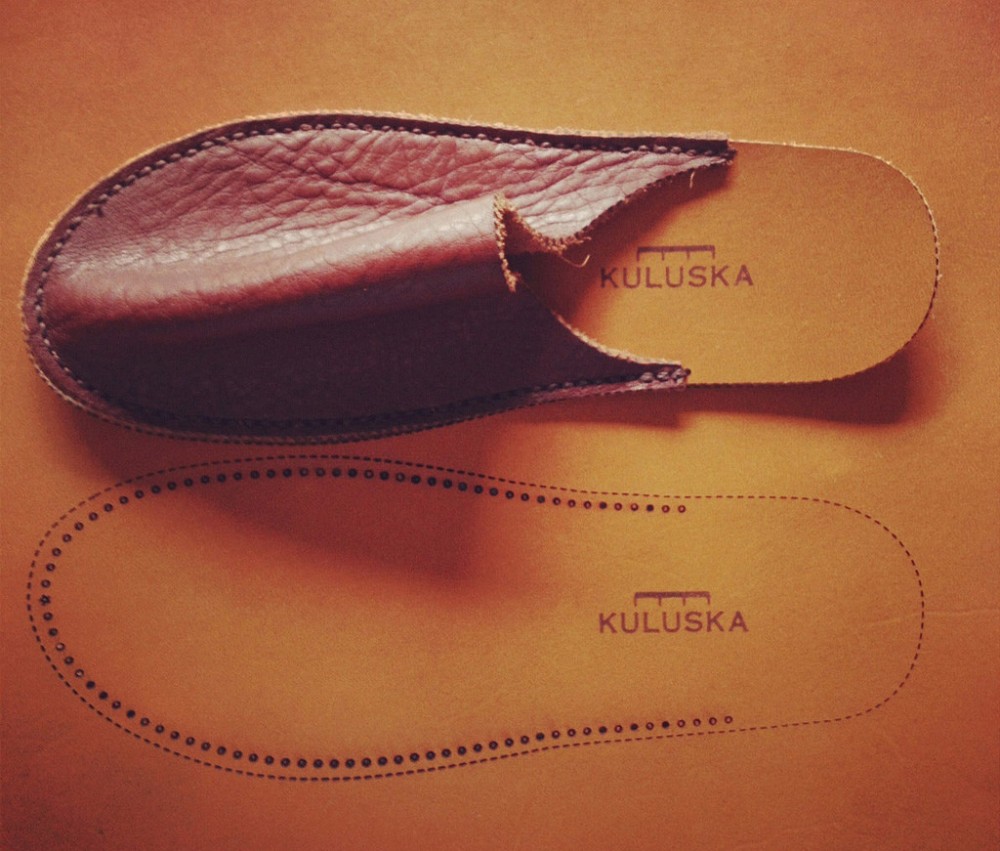 KULUSKA slippers
KULUSKA slippers--The design data created in Kamakura is being shared all over the world!
Watanabe : The aim is for all products created at the Fab Lab to be open and shared. For example, there is a recipe website called Cookpad. Users post and publish recipes, and the creators then publish their own arrangements. It's that image.
--I see! That's easy to understand. What other initiatives are you working on?
Watanabe : We have a project to make wood products using thinned wood. It's called " FUJIMOCK FES, " and it means a festival (FES) to give form (MOCK-UP) to ideas using thinned wood from Mt. Fuji (FUJI).
Under the guidance of experts, participants will carry out fieldwork in the forests at the foot of Mount Fuji, starting with cutting down trees, and finally take the timber to the Fab Lab to give it a "shape" as a product based on various ideas.
People who normally do desk work in the city get the opportunity to go into the forest and learn about it, and then they brainstorm ideas for what to make from it and create something.
--So you can learn about and enjoy both environmental conservation activities and manufacturing.
The future of FabLab Kamakura
--I knew that a Fab Lab was a local workshop equipped with digital equipment, but I didn't know that it had such a deep philosophy and concept.
Finally, could you tell us about your future plans?
Watanabe : Since the first Fab Lab in Japan was established in Kamakura (and Tsukuba, Ibaraki Prefecture) in 2011, there are now about 16 Fab Labs in Japan, and more than 600 in 89 countries around the world.
Technological innovation has made the hardware side of manufacturing compact and low-cost enough to be placed close to us, but the opportunities and educational environment to cultivate the software side - the creative mindset of "making something yourself" - are still not in place.
We would like to expand our role as a place where people can have such experiences and as a place to nurture people who can make the things they need from the things around them, make things that are needed in their local community or town, and if they cannot do it alone, ask for the wisdom and strength of many people.
Kamakura is home to many creators with skills in carving, woodworking, dyeing, and other fields, and is also a city with many shops selling crafts and miscellaneous goods. If the things that originate from Kamakura are shared with the world, the charm of Kamakura will also spread around the world.
We would like the city of Kamakura to become one big Fab Lab, a place that provides opportunities for people to experience the joy of making things, improve their skills, and even "design" their own way of working and living.
Next year, we are planning to hold the second international conference in Japan, FabLearn Asia 2017. We are looking forward to trying out various things to see what kind of opinions and practices will emerge regarding digital fabrication and the future possibilities of education, although there is still a long way to go.
